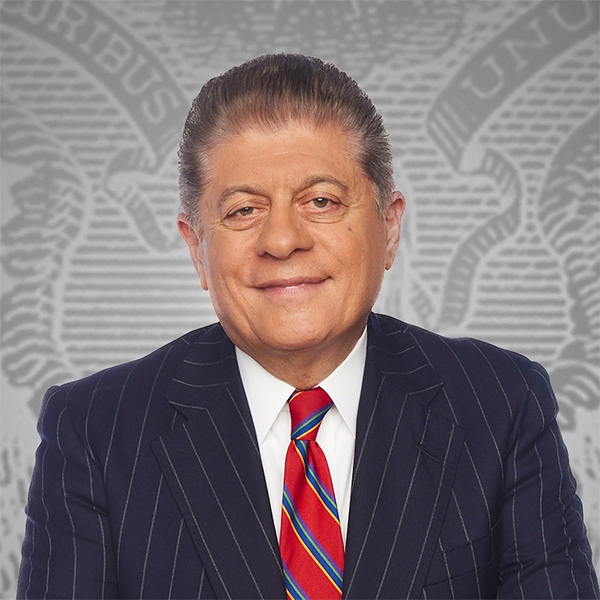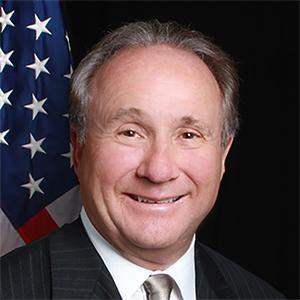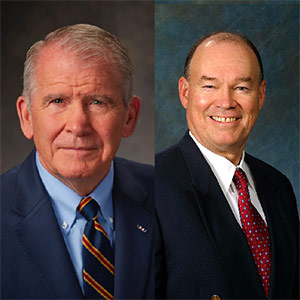Commentary: Are federal spending laws subject to private lawsuits? SCOTUS to decide
Published in Op Eds
Any Supreme Court case involving Planned Parenthood is likely to attract attention, and Medina v. Planned Parenthood, argued on April 2, is no exception.
But this case’s implications go far beyond Planned Parenthood. The court’s decision could open the door even wider for lawsuits against any number of federal spending programs.
In this case, Planned Parenthood sued South Carolina over its decision to disqualify abortion clinics from participating in the Medicaid program.
Created by Congress in 1965, Medicaid provides federal financial assistance to states that, in turn, reimburse providers of medical services for lower-income individuals. The federal government sets eligibility requirements and standards for state Medicaid plans, reviews them for compliance, and provides funds for the plans that pass.
The Medicaid Act requires that state Medicaid plans allow beneficiaries to obtain medical services “from any institution, agency, community pharmacy, or person, qualified to perform the service or services required.”
In 2018, the governor of South Carolina issued an executive order terminating existing Medicaid enrollment agreements – and prohibiting future ones – for abortion clinics, with the goal of avoiding subsidizing the abortions they provide. Planned Parenthood and a Medicaid-eligible woman seeking contraceptive services sued, arguing that this order violated the Medicaid Act’s free-choice-of-provider provision.
Specifically, they sued under a federal statute (42 U.S.C. §1983) that allows lawsuits for the “deprivation of any rights…secured by the Constitution and laws” by anyone acting “under the color of” state law.
South Carolina objected, arguing that the Medicaid Act’s provider provision did not confer a “right” that could be enforced by this kind of lawsuit. The case came before the U.S. Court of Appeals for the Fourth Circuit three times and, each time, the court concluded that the provision does in fact confer a right to choose among qualified health care providers, and that a beneficiary may use §1983 to vindicate that right.
Now, the same question comes before the Supreme Court, and the court’s answer will determine whether the Medicaid Act and numerous similar statutes confer enforceable rights that can be litigated.
The Supreme Court’s past decisions have left the waters fairly muddy.
In a 1997 decision, the Supreme Court provided three criteria for determining whether a statute provides an individually enforceable right. Five years later, the court tried to tighten this up by saying a statute must “unambiguously” provide such a right. Unfortunately for clarity, ambiguity can easily be in the eye of the judicial beholder.
Whether a statute creates such a right may seem like a technical or semantic issue, but it has enormous practical implications.
Congress uses its power to tax and spend for the “general Welfare of the United States” to enact many statutes (like the Medicaid Act involved in this case). The money it provides is often contingent on certain requirements or conditions being met. If those conditions – on federal money the states need not accept – create rights that can be enforced by individuals, it’s inevitable that the courts will be used more and more to interfere in the other branches’ political decisions and policies.
This issue dominated the oral argument.
Justices Clarence Thomas and Brett Kavanaugh asked whether the need for clarity should require that Congress use certain “magic words” such as “right” or “entitlement” to avoid any possible ambiguity. Justices Sonia Sotomayor and Elena Kagan pulled in the opposite direction, suggesting that the obligations that come with states accepting federal money are enough to create enforceable private rights.
For her part, Justice Ketanji Brown Jackson questioned whether the lower courts were confused about the standards for deciding this question. And it seems they are. In this same case, the Fourth Circuit used one standard in its first decision and another in its second, while other circuits have applied the same standard and come to different conclusions.
It’s time for the court to provide some much-needed clarity – which it should do by affirming that for privately-enforceable rights to exist, they must be explicitly created by statute.
As an amicus brief filed by 18 states supporting South Carolina argued, “Anything other than an explicit statement from Congress that a Spending Clause statute confers a private right of action enforceable against the States under §1983 fails to put the States on notice about such liability.”
By requiring this level of clarity, the court can maintain the boundaries within the separation of powers as well as between Congress and the states. And it will shut down yet another strategy used by abortion advocates to judicially force their agenda on pro-life citizens and states that oppose it.
The oral argument suggested that a majority of justices may side with South Carolina in this case. The remaining question is whether a majority will also provide the kind of clarity that can help better decide cases in the future. We’ll know soon enough: the court should hand down its decision before the term ends in June.
____
Thomas Jipping is a Senior Legal Fellow at The Heritage Foundation.
_____
©2025 Tribune Content Agency, LLC.




























































Comments